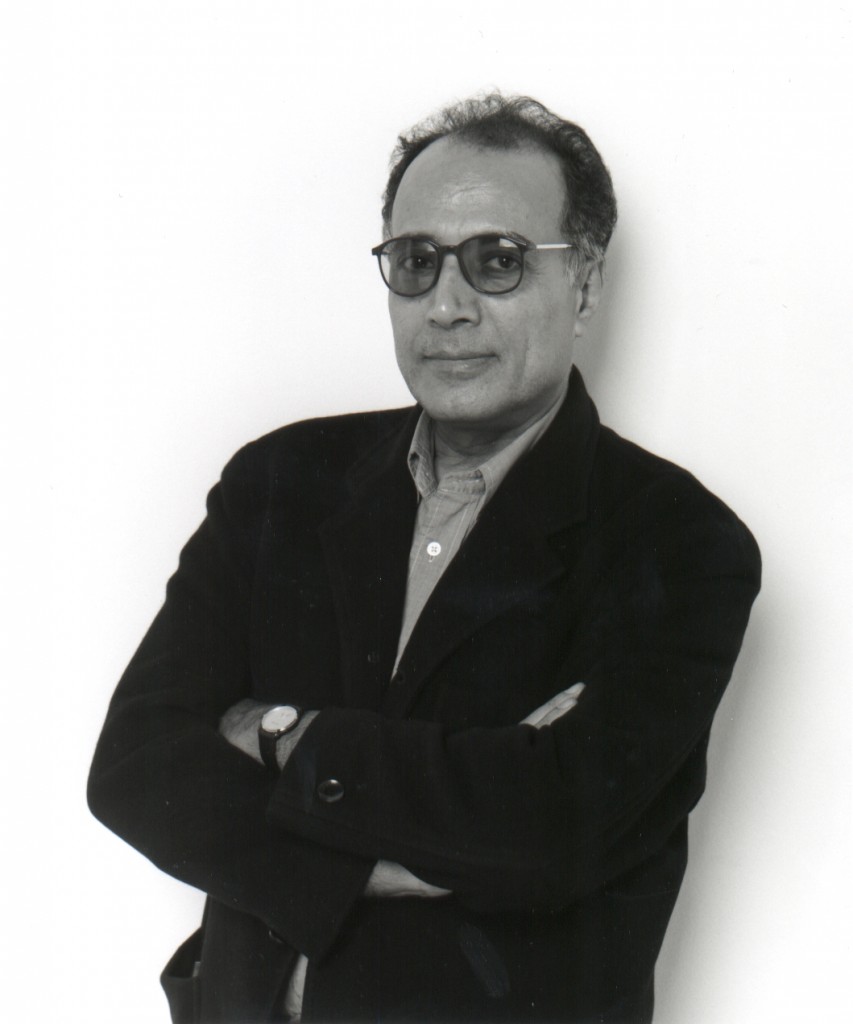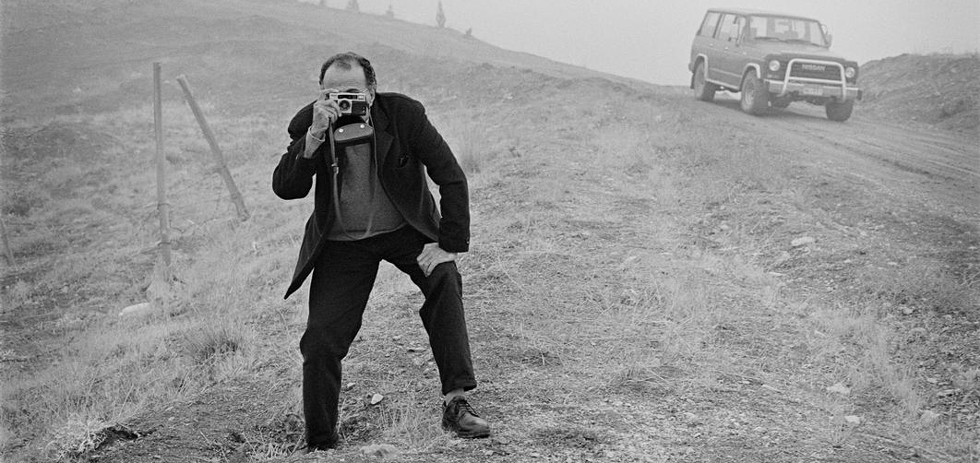Taste of Cherry

Abbas Kiarostami (1940–2016) was one of Iran's most celebrated and influential filmmakers, recognized for his distinctive approach to cinema and his exploration of human experiences in contemporary Iranian society. He began his career in the early 1970s and became known for his deeply philosophical, minimalist style that often blurred the lines between reality and fiction. Kiarostami’s films typically deal with themes of existentialism, the search for meaning, and the complexities of human relationships.
His early work in the 1970s mainly consisted of documentaries and short films, which he used as a way to explore the lives of ordinary people. However, it was his feature films that brought him international acclaim, particularly during the 1990s. Some of his most famous works include Close-Up (1990), The Wind Will Carry Us (1999), and Taste of Cherry (1997).
Kiarostami’s filmmaking style was marked by long takes, minimalistic dialogue, and an emphasis on landscape. He often used non-professional actors, and his films sometimes included open-ended narratives that left much to the audience’s interpretation. He was also known for his ability to capture the nuances of Iranian culture and society, often through a subtle and indirect lens. Kiarostami won the prestigious Palme d'Or at the 1997 Cannes Film Festival for Taste of Cherry, cementing his status as one of the world's foremost auteurs.
Taste of Cherry is one of Abbas Kiarostami's most iconic films, and it won the Palme d'Or at the 1997 Cannes Film Festival. The film follows a middle-aged man, Mr. Badii (played by Homayoun Ershadi), who drives through the Iranian countryside in search of someone who will help him with a deeply troubling task: to bury him after he dies by suicide. Over the course of the film, he meets a series of individuals—a soldier, a taxidermist, and an Afghan migrant—and attempts to convince them to carry out this grim request.
The film is renowned for its minimalist style, with much of the action unfolding in a series of long, static shots inside the car or within the surrounding landscape. The film's slow pace and open-ended structure invite viewers to contemplate the meaning of life, death, and human connection. The landscape, a recurring element in Kiarostami’s work, is also used here to create a sense of isolation and contemplation.
The narrative structure of Taste of Cherry is unconventional, with the film offering a reflective, almost meditative experience. One of the most notable features of the film is its ambiguous ending, which leaves the audience with a profound sense of uncertainty. This thematic openness and emotional depth are key components of Kiarostami’s approach to filmmaking.
Through this work, Kiarostami explores themes of existential despair, the search for purpose, and the complex human need for connection, while also challenging traditional cinematic conventions.


